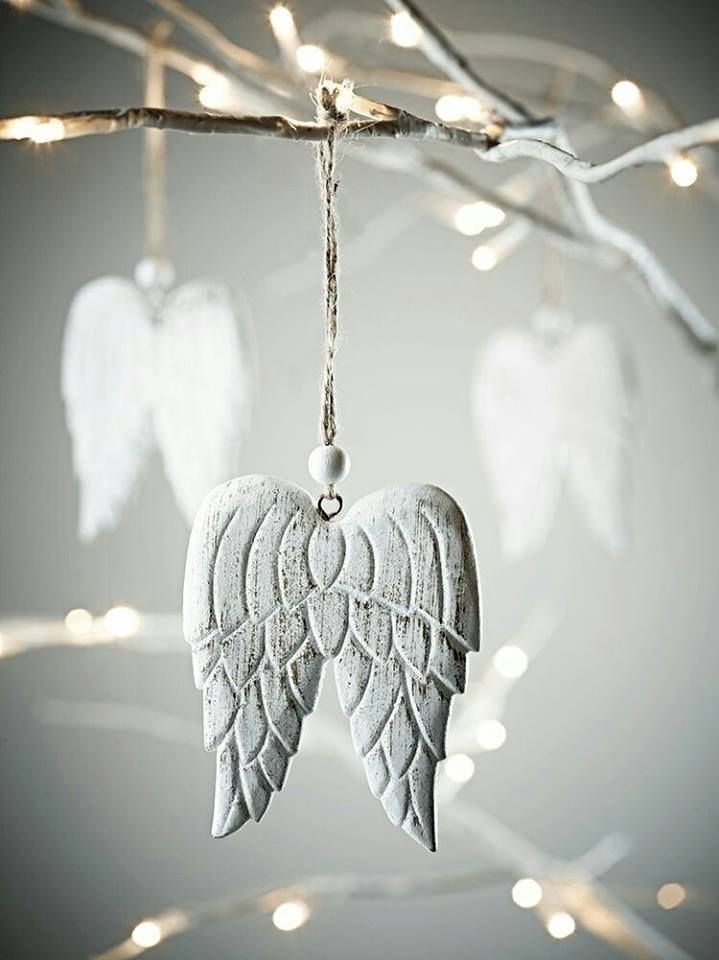Kintsugi: Embracing Imperfection and Finding Beauty in Brokenness
- Koöko Fleurs
- Mar 15, 2024
- 3 min read
Updated: Jun 11, 2024

There is a famous Japanese proverb that says, "Mend the cracked pots, let the scars be seen." This simple yet powerful statement embodies the essence of Kintsugi art therapy, a traditional Japanese practice that has gained popularity in recent years for its unique approach to healing and self-care.
Kintsugi, which translates to "golden joinery," is a form of art therapy that combines the art of ceramic repair with the principles of mindfulness and self-acceptance. It involves using a special lacquer mixed with powdered gold, silver, or platinum to repair broken pottery pieces, highlighting the cracks and imperfections instead of hiding them. This technique not only physically mends the broken pieces but also symbolically represents the beauty in embracing one's flaws and imperfections, rather than trying to fix or hide them.
The philosophy behind Kintsugi is rooted in the Japanese belief of wabi-sabi, which celebrates the beauty of imperfection and impermanence. In Western cultures, flaws and imperfections are often seen as something to be ashamed of or fixed, but in Japanese culture, they are seen as a part of life and something to be embraced. Kintsugi art therapy takes this concept a step further by incorporating mindfulness and self-care practices into the process of repairing broken pottery.
One of the key elements of Kintsugi art therapy is the focus on the process. Instead of simply fixing broken pieces, individuals are encouraged to slow down, be present in the moment, and reflect on their journey as they carefully repair the pottery. This allows individuals to practice mindfulness, which has been shown to reduce stress and promote overall well-being.
Through this process, individuals can also reflect on their own personal growth and journey. Just as the pottery is mended with gold or other precious metals, which accentuate its imperfections, individuals can see their own brokenness as a source of strength and resilience. Kintsugi art therapy teaches us that our scars do not define us, but rather they are a part of our unique story and make us who we are.
In addition to promoting self-awareness and mindfulness, Kintsugi art therapy has been found to be effective in helping individuals heal from past traumas. The act of repairing broken pottery can be seen as a metaphor for healing from emotional wounds and rebuilding oneself. By embracing the imperfections and cracks in the pottery, individuals can learn to accept and even celebrate their own imperfections, leading to a sense of empowerment and self-acceptance.
Furthermore, Kintsugi art therapy can also help individuals build self-esteem and develop a positive outlook on life. As they work on repairing the pottery, individuals are able to see the beauty in their own brokenness and realize that they are capable of creating something new and beautiful out of their struggles. This can increase feelings of self-worth and confidence, as well as foster a sense of hope for the future.
Kintsugi art therapy serves as a powerful reminder that our brokenness does not have to hold us back or define us. Instead, it can be used as a catalyst for growth and transformation. By embracing our imperfections and using them to create something new and beautiful, we can find comfort, acceptance, and strength in our struggles.
To sum up, Kintsugi art therapy is a powerful practice that combines the art of ceramic repair with the principles of mindfulness and self-care. It promotes self-acceptance and resilience by encouraging individuals to see their brokenness as a part of their journey and using it to create something new and beautiful. Through this therapeutic process, individuals can find healing, empowerment, and a sense of purpose in their imperfections. As the Japanese proverb says, "Mend the cracked pots, let the scars be seen." Let us embrace our imperfections and find beauty in our brokenness through this powerful form of art therapy.

















Comments